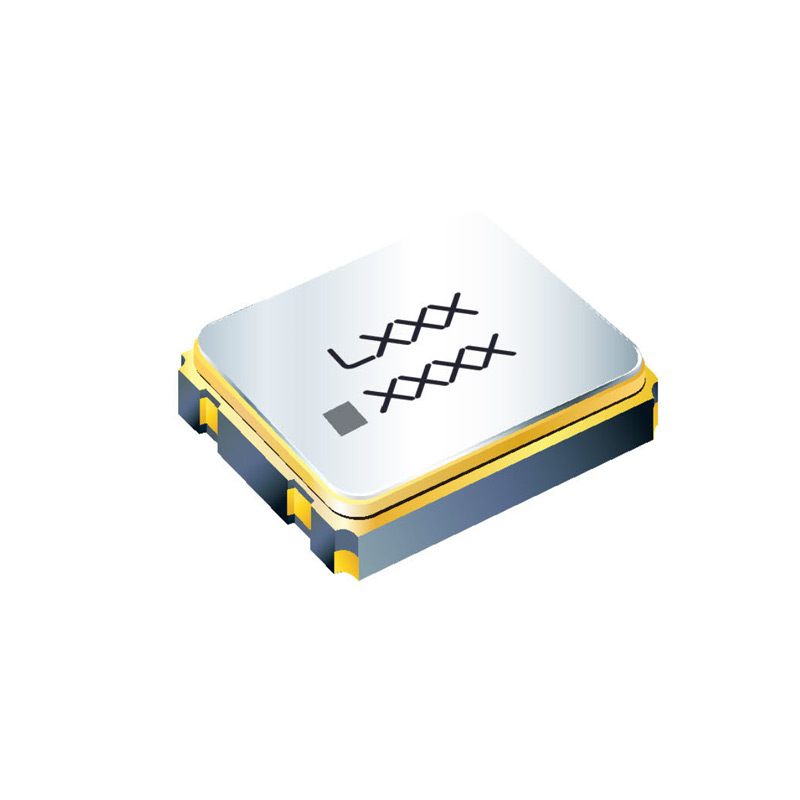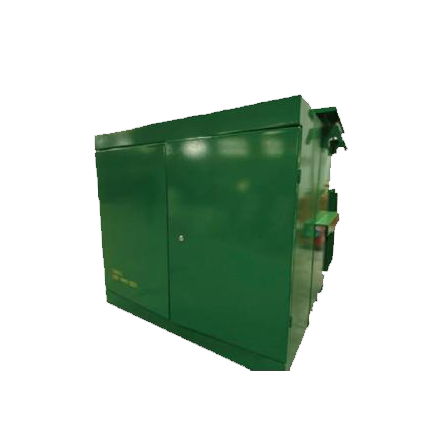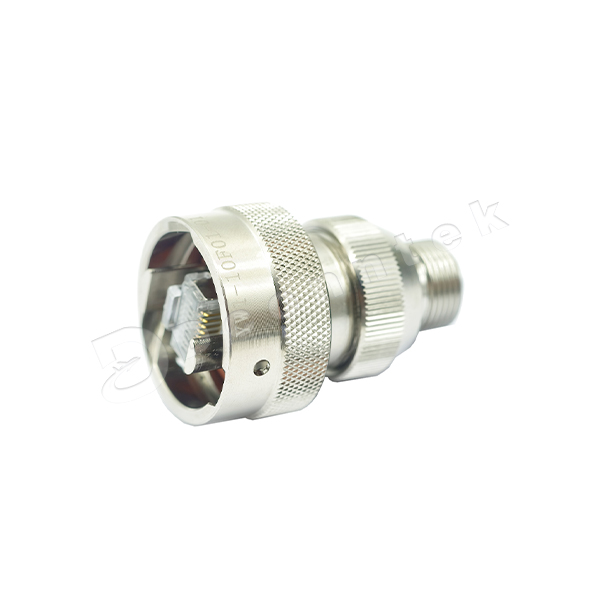In the realm of power electronics, boost converters play a pivotal role in efficiently converting and regulating electrical power. This blog post aims to delve into the intricacies of boost converters, exploring their working principles, applications, and the advantages they offer in various industries.
- Understanding Boost Converters:
Boost converters, also known as step-up converters, are DC-DC converters that increase the voltage level of an input power source to a higher output voltage. They operate based on the principle of inductive energy storage and release. By utilizing an inductor, a switch, and a diode, boost converters can efficiently step up voltage levels while maintaining high power conversion efficiency. - Working Principles:
The operation of a boost converter can be divided into two phases: the on-state and the off-state. During the on-state, the input voltage is applied to the inductor, storing energy in its magnetic field. Simultaneously, the diode blocks the flow of current to the load. In the off-state, the switch is turned off, causing the inductor to release the stored energy, resulting in an increased output voltage. The diode now conducts, allowing the current to flow to the load. - Applications of Boost Converters:
Boost converters find extensive applications across various industries, owing to their ability to efficiently step up voltage levels. Some notable applications include:
a. Renewable Energy Systems: Boost converters are utilized in solar photovoltaic systems to increase the low voltage output of solar panels to a level suitable for grid integration or battery charging.
b. Electric Vehicles: Boost converters are employed in electric vehicle powertrains to step up the battery voltage to higher levels required by the motor drive system.
c. Telecommunications: Boost converters are used in mobile devices to increase the battery voltage to power the display, processors, and other components.
d. Industrial Automation: Boost converters are utilized in industrial automation systems to provide stable and regulated power supply for various control circuits.
- Advantages of Boost Converters:
Boost converters offer several advantages, making them a preferred choice in power electronics:
a. High Efficiency: Boost converters can achieve high power conversion efficiency, minimizing power losses and maximizing energy utilization.
b. Voltage Regulation: Boost converters provide a regulated output voltage, ensuring stable and reliable power supply to the load.
c. Compact Size: Boost converters can be designed in compact sizes, making them suitable for applications with space constraints.
d. Flexibility: Boost converters can be easily integrated into complex power systems, allowing for versatile power management solutions.
Conclusion:
Boost converters are indispensable components in power electronics, enabling efficient voltage step-up and regulation. Their widespread applications across industries highlight their significance in modern technology. By understanding the working principles and advantages of boost converters, engineers and researchers can harness their potential to optimize power systems and drive innovation in various fields.




More Stories
Performance, Application Scenarios and Selection of External Panel Materials for Outdoor Mobile Shelters
5 Game-Changing Tips to Supercharge Your Home Theater with a Universal Projector Remote
High-Efficiency Automotive Power MOSFETs Optimized for Electric and Hybrid Vehicles’ Powertrain Systems